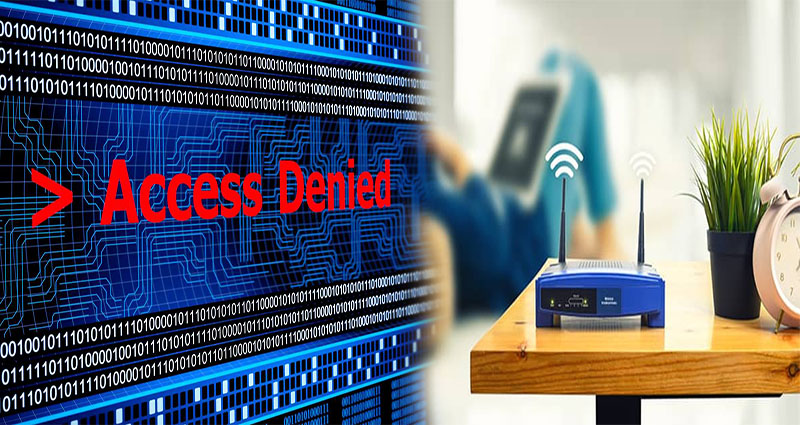In an increasingly digital world, it is crucial to protect our home wireless internet networks from unauthorized access and potential cyber threats. Implementing strong encryption and password protection is essential to safeguard our data and maintain privacy. In this article, we will explore the best practices for securing home wireless networks with encryption and strong passwords.
1. Use WPA3 Encryption Protocol
The first step towards securing your home wireless network is to ensure you are using the latest and most secure encryption protocol. WPA3 (Wi-Fi Protected Access 3) is the latest standard that offers stronger encryption and better protection against common attacks compared to its predecessors, such as WPA2.
WPA3 uses individualized data encryption, making it more difficult for attackers to intercept and decrypt wireless communications. If your current router does not support WPA3, consider upgrading to a newer model that does.
2. Create a Strong and Unique Password
While encryption protocols add a layer of security, a weak password can still leave your network vulnerable to brute-force attacks. It is crucial to create a strong and unique password for your Wi-Fi network.
Here are some guidelines for creating a strong password:
- Use a combination of uppercase and lowercase letters, numbers, and special characters.
- Avoid using common words or phrases.
- Make the password at least 12 characters long, the longer the better.
- Do not use personal information or easily guessable combinations.
Remember to choose a password that you can remember but others cannot easily guess. It’s also recommended to change your Wi-Fi password periodically to enhance security.
3. Disable WPS (Wi-Fi Protected Setup)
WPS is a feature that allows for quick and easy connection between devices and the Wi-Fi network by using a PIN or push-button configuration. However, WPS is a known vulnerability and can be exploited by attackers to gain unauthorized access to your network.
To ensure maximum security, it is recommended to disable WPS in your router’s settings. By doing so, you eliminate a potential entry point for attackers.
4. Enable Network Encryption
In addition to securing your Wi-Fi network with a strong password, it is important to enable network encryption. Encryption ensures that the data transmitted between your devices and the router is encoded, making it extremely difficult for hackers to access or manipulate.
To enable network encryption, log in to your router’s administration panel and navigate to the wireless settings. Look for options such as “Security” or “Encryption” and select the strongest and most secure encryption protocol available, such as WPA3.
5. Keep Router Firmware Up to Date
Keeping your router’s firmware up to date is crucial in maintaining security. Manufacturers regularly release firmware updates that address vulnerabilities and improve the overall security of the device.
To update your router’s firmware, visit the manufacturer’s website or check for updates within the router’s administration panel. Regularly updating the firmware ensures that you are protected against the latest threats and vulnerabilities.
6. Disable Remote Router Management
Some routers allow remote management, which allows you to access and configure your router settings from outside your home network. However, enabling remote management can pose a significant security risk, as it provides a potential entry point for attackers.
Unless you absolutely require remote access to your router, it is safer to disable this feature. Check your router’s settings for options related to remote management and ensure it is turned off.
Securing your home wireless internet network is essential to protect your personal information from potential data breaches and cyber threats. By following the best practices outlined in this article – using WPA3 encryption, creating a strong password, disabling WPS, enabling network encryption, keeping firmware up to date, and disabling remote router management – you can significantly reduce the risk of unauthorized access to your network.
Remember, an ounce of prevention is worth a pound of cure. Taking the time to implement these best practices for encryption and password protection will provide you with peace of mind and a more secure home wireless network.











